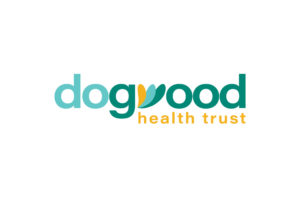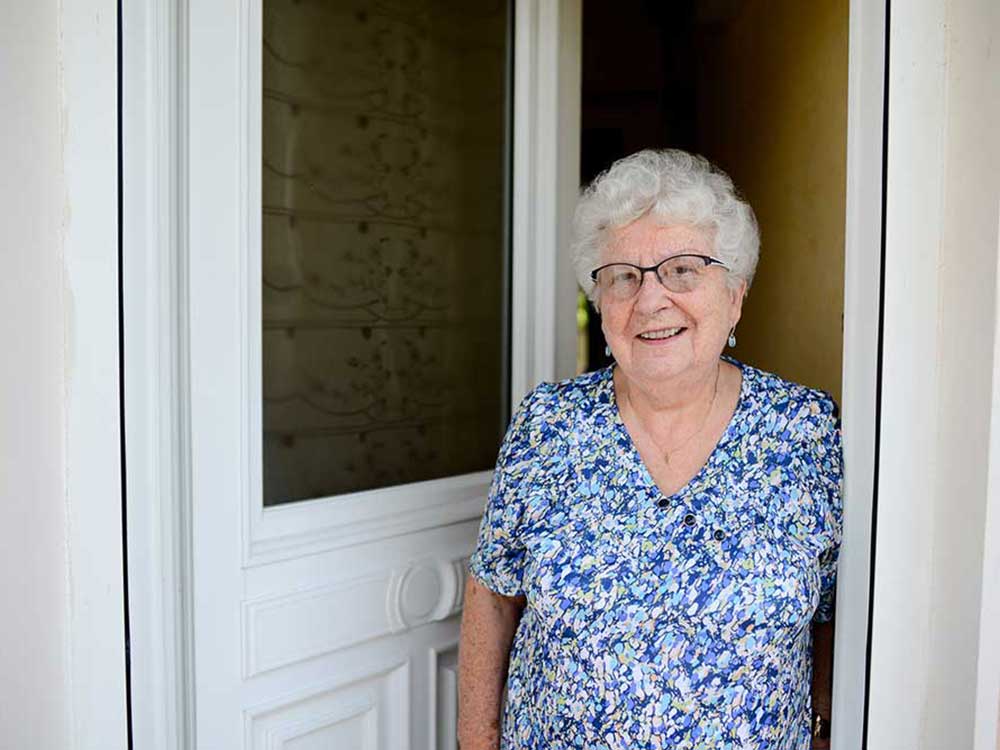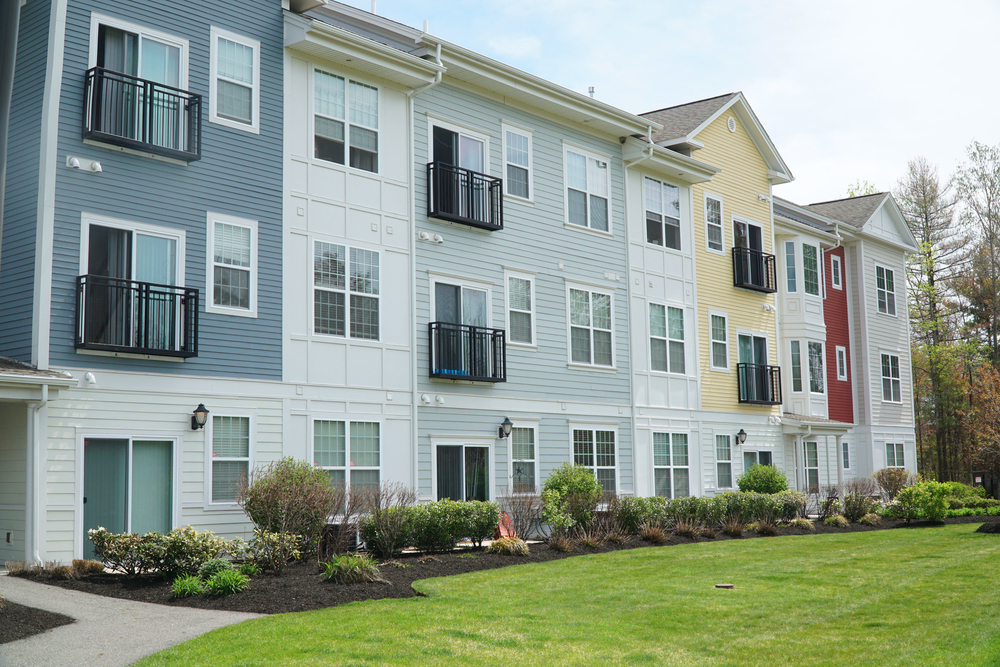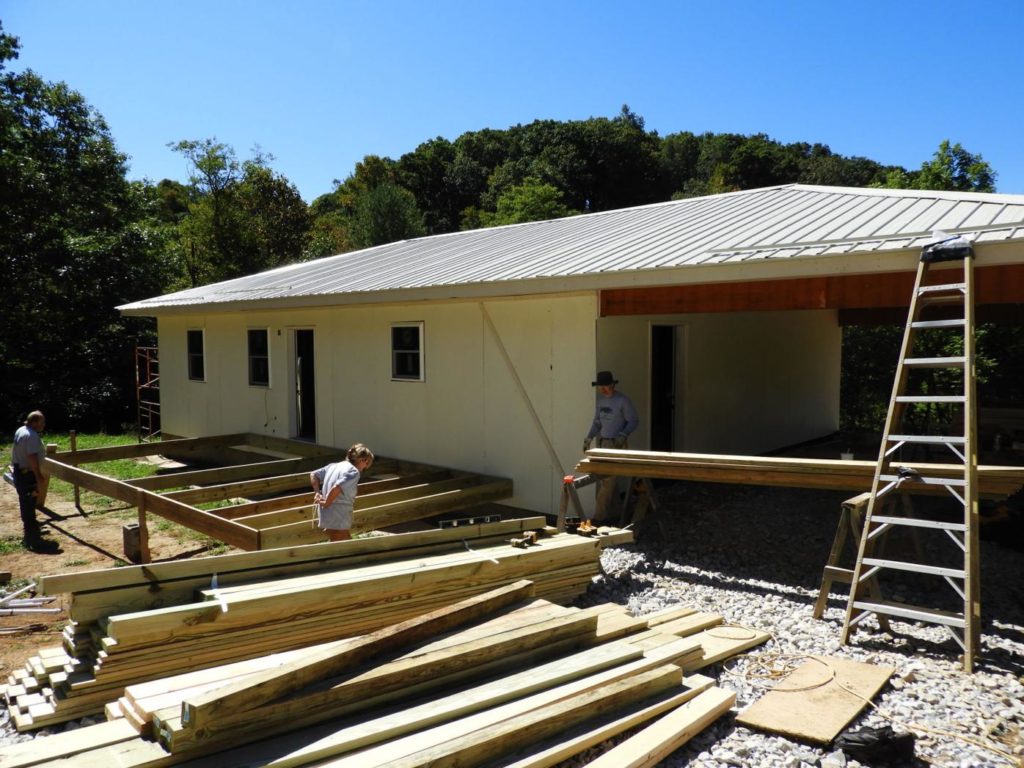Asheville, N.C. (March 27, 2020) – The Board of Directors for Dogwood Health Trust recently approved the allocation of $10 million to address COVID-19 needs throughout the 18 county and Qualla boundary region of Western North Carolina. The funds are to support the goal of “flattening the curve” in the COVID-19 epidemic here locally. Efforts are focused on supporting both the increased access to testing and advocating for social distancing measures; mitigating negative social impacts like food insecurity or educational disparities as well as shoring up regional healthcare resources by investing in the production of additional Personal Protective Equipment (PPE) for healthcare workers.
By partnering with recently headquartered McDowell County-based cycling apparel company, Kitsbow, Dogwood has been able to not only help build a strong pipeline for local production and employment opportunities but address one of the vital needs in our region: additional PPE.
“Not only is Kitsbow honored to be serving the community in its new home, but we are humbled by Dogwood Health Trust’s confidence in our crew as they race to make a completely new set of products at scale,” said David Billstrom, CEO of Kitsbow. “We couldn’t do it without the other companies joining up with us for this common goal to protect those who are already protecting others.”
Dogwood team members reached out to Billstrom to see how the Trust could support the company’s efforts to revamp production from cycling apparel to PPE and as both entities embody an entrepreneurial mindset, quick action led to even quicker production. Kitsbow’s pivot has them producing reusable masks and face shields for paramedics and healthcare workers. The company is currently hiring employees with sewing experience to help meet the growing demand. It was a natural opportunity for Dogwood to align its purpose with Kitsbow’s COVID response in the Asheville region.
“We are grateful to partner with local leaders and innovators such as Kitsbow to bring much needed PPE to our frontline healthcare workers, first responders and service agencies in the region,” said Antony Chiang, CEO for Dogwood Health Trust. “This is an incredible example of a win-win-win. It’s great for companies, for employees, and for the community.”
Chiang hopes that success stories like this one will inspire other manufacturers and makers in the region to reach out and find out how they can be a part of the solution. “We have tremendous opportunity to coordinate as a region, supporting one another in supply channels and coordinating the production of key products so that they’re equitably distributed to our most critical healthcare partners throughout our region.”
Dogwood Health Trust is a North Carolina nonprofit corporation with the sole purpose of dramatically improving the health and well-being of all people and communities of Western North Carolina. Dogwood Health Trust became operational upon the sale of Mission Health’s assets to HCA Healthcare and is the recipient of the net proceeds of the sale. To learn more, please visit www.dht.org.


















